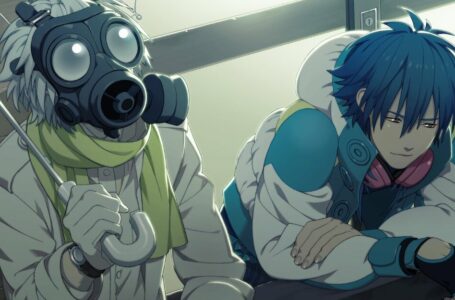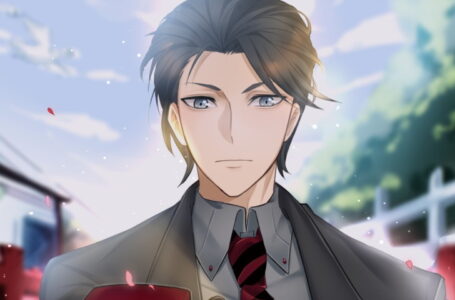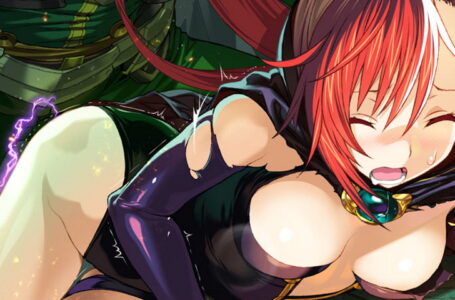The steady consumption of Slow Damage
Originally released in 2021 in Japan, JAST BLUE – the Boys Love branch of bishojo game distributor JAST USA – would localise and release Slow Damage digitally in November of 2022. My physical copy of it has just recently reached my doorstep but as soon as I got the alert that said physical copies were being shipped out I decided to finally get around to playing the game for the first time. Let’s finally start tackling this beast now then.
Before we really get into it please consider the following. This will be the first half of a wider two part piece when covering Slow Damage here at Rice Digital. Today’s article will cover only half of the game since I am still currently playing it. This write-up will therefor consist of covering my thoughts on its prologue, common route and the two initially available love interest routes out of the possible four – Rei Izumi and Takuma Murase.
Please also consider that while this write-up is discussion based much is speculation since we have yet to actually clear the game at the time of writing this. Some elements that will be mentioned regarding the storyline will not be completely spoiler-free. Read ahead with caution or better yet play half of the game too and return to us afterwards.
Premise and main character
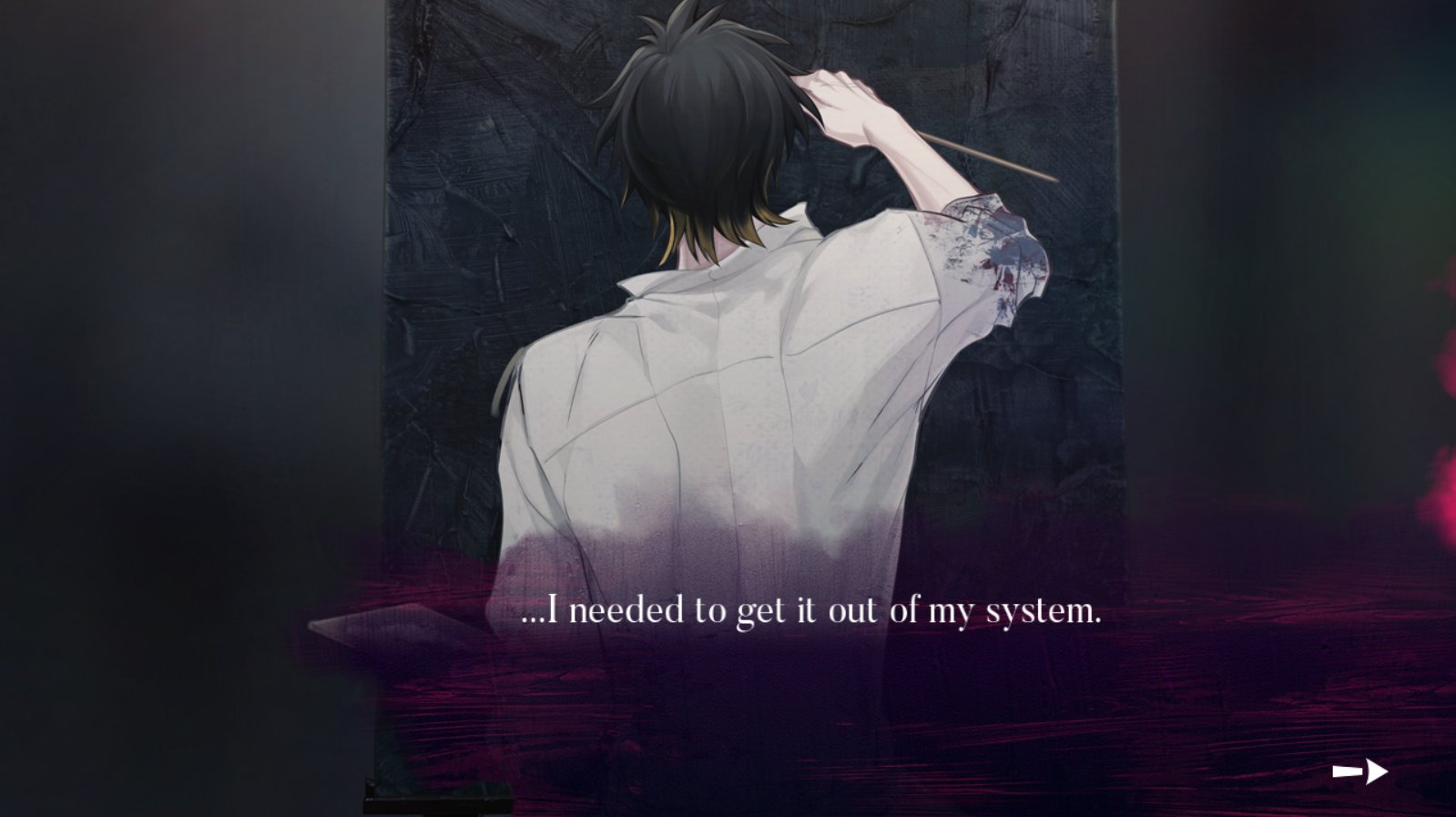
But first, what is Slow Damage? It’s the latest Boys Love game from Nitro+Chiral, a BL juggernaut of the visual novel space whose parent company of Nitroplus will probably ring more bells in comparison. Nitro+Chiral are known best for DRAMAtical Murder. The company is also responsible for sweet pool (my personal favourite), Togainu no Chi and the unlocalised Lamento – Beyond the Void. In any case, Nitroplus and Nitro+Chiral are well established and beloved for their darker stories and Slow Damage is no exception to this.
Players embody Towa, a talented painter whose only hobby is exactly that other than consuming alcohol and cigarettes at a rapid rate. He goes by the artist name of euphoria, the reason being is that his inspiration to paint comes from experiencing euphoric episodes with his model. He never paints the same person more than once and he’s only interested in painting when said euphoric episode(s) take place in order to inspire him.
It is probably no surprise if you’re already familiar with anything Nitro+Chiral/Nitroplus that the game is heavy in subject matter, material and themes. The setting is as cruel and unforgiving as seen in previous Nitro+Chiral titles with a setting not far off from our own world. Only, the yakuza is running this so-called paradise of a “ultimate casino resort” called Shinkoumi. Crime is at an all-time high, the average person is left to fend for themself on the cold and uncaring streets and no one bats an eye at the decaying state of this despair filled country.
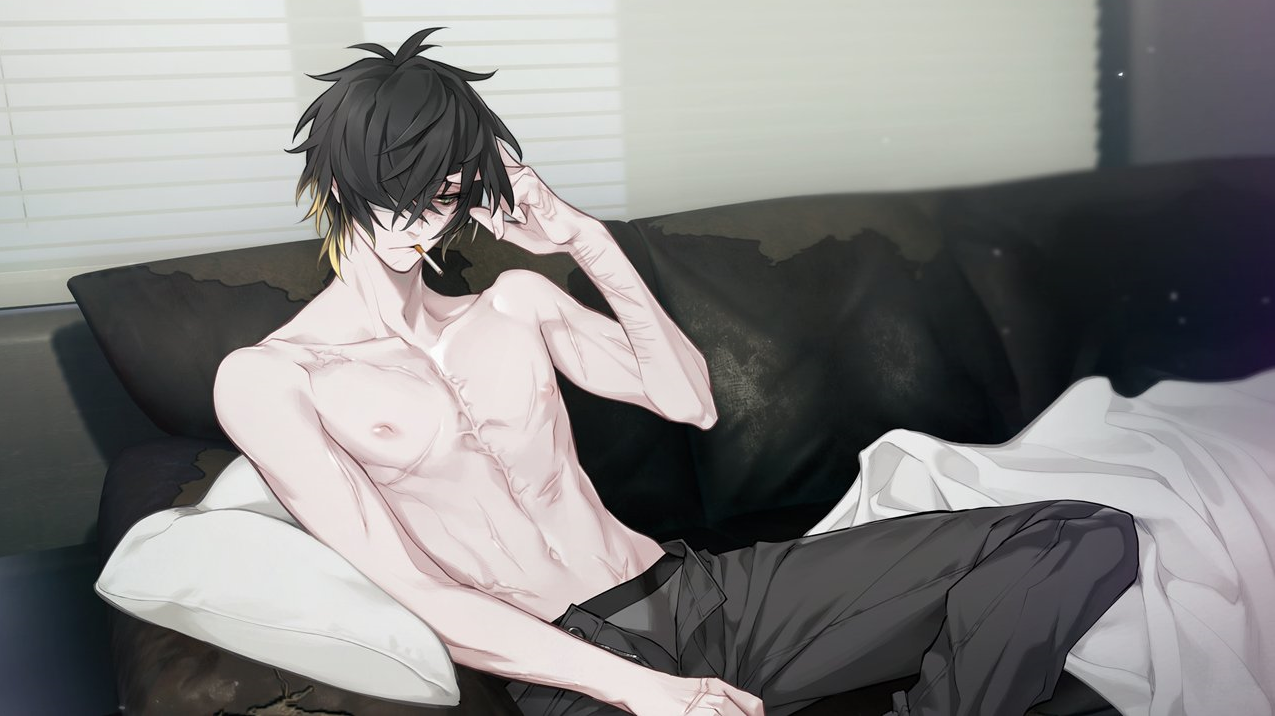
While such a setting is as bleak as one would typically expect, what’s immediately the most pleasing surprise of this Nitro+Chiral title is that a certain key character is such a stand-out that his very existence makes Slow Damage that much more promising and exciting to experience. I do not say that often about a BL game lead. Towa as a main character is unlike any other main lead within a Nitro+Chiral game, in fact.
Towa is as much of a reason to play the game as anything else worth praising about it even as I sit upon its mid-way point. As the main character he has a lot more gravity and complexity than any Nitro+Chiral protagonist to date if you ask me. Towa’s characterisation is spot on which much of the earliest set-ups being the establishment of how indifferent and apathetic he is to everything and everyone around him hammers home the romantic development within the routes especially.
It’s only one single example to pay attention to the finer details of the title because how Towa is uninterested and uncaring within the common route is a far-cry to who he becomes on certain routes especially. Be sure to look out for certain behavioural habits and changes that occur to appreciate this attention to detail.
Common route and gameplay mechanics
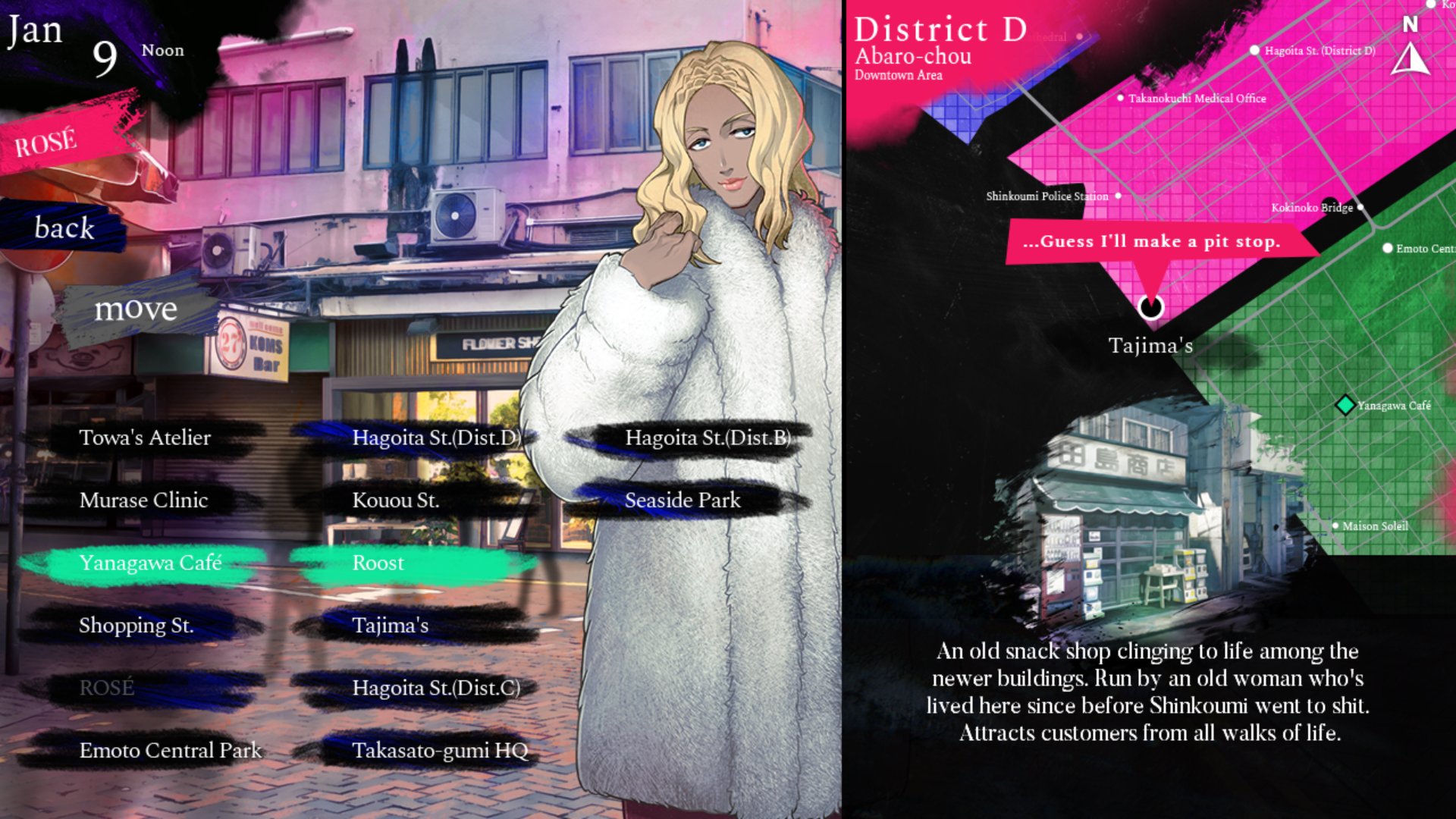
But now onto the common route and it’s quite the appetiser as to showcase what the game will end up delving into. The common route will always cover one specific euphoric episode that is a triggering enough one of a delicate subject to illude to the kind of themes the game will explore. This chapter of Fraise covers a fellow artist who begins to attempt to reach out to and connect with euphoria – Towa. The artist’s subject matter involves two specific elements, one being the obvious one depicted in his works – flowers – and the other being an initially unclear one – cuts.
That’s enough already said to suggest where things go, or rather escalate to before going any deeper here. It establishes who Towa is at the beginning of his journey as either a person to guide others and help improve their own craft, albeit for selfish reasons, but only if you are successful in doing so. Going too far or having him indulge too much tips the scales to danger levels if you fail him and his model in question.
Said scales are actually a part of its gameplay mechanics. For how dark and violent the very basis of Slow Damage is this very core aspect of it is perfectly captured in the only real gameplay heavy segment of the entire game – the Interrogation scenes. During Interrogation segments the meter of Euphoria is tracked by the hourglass while the Madness meter is the purple staircase illustrated behind it. These mechanics are quite tricky to get your head round at first because there is a certain knack to it.
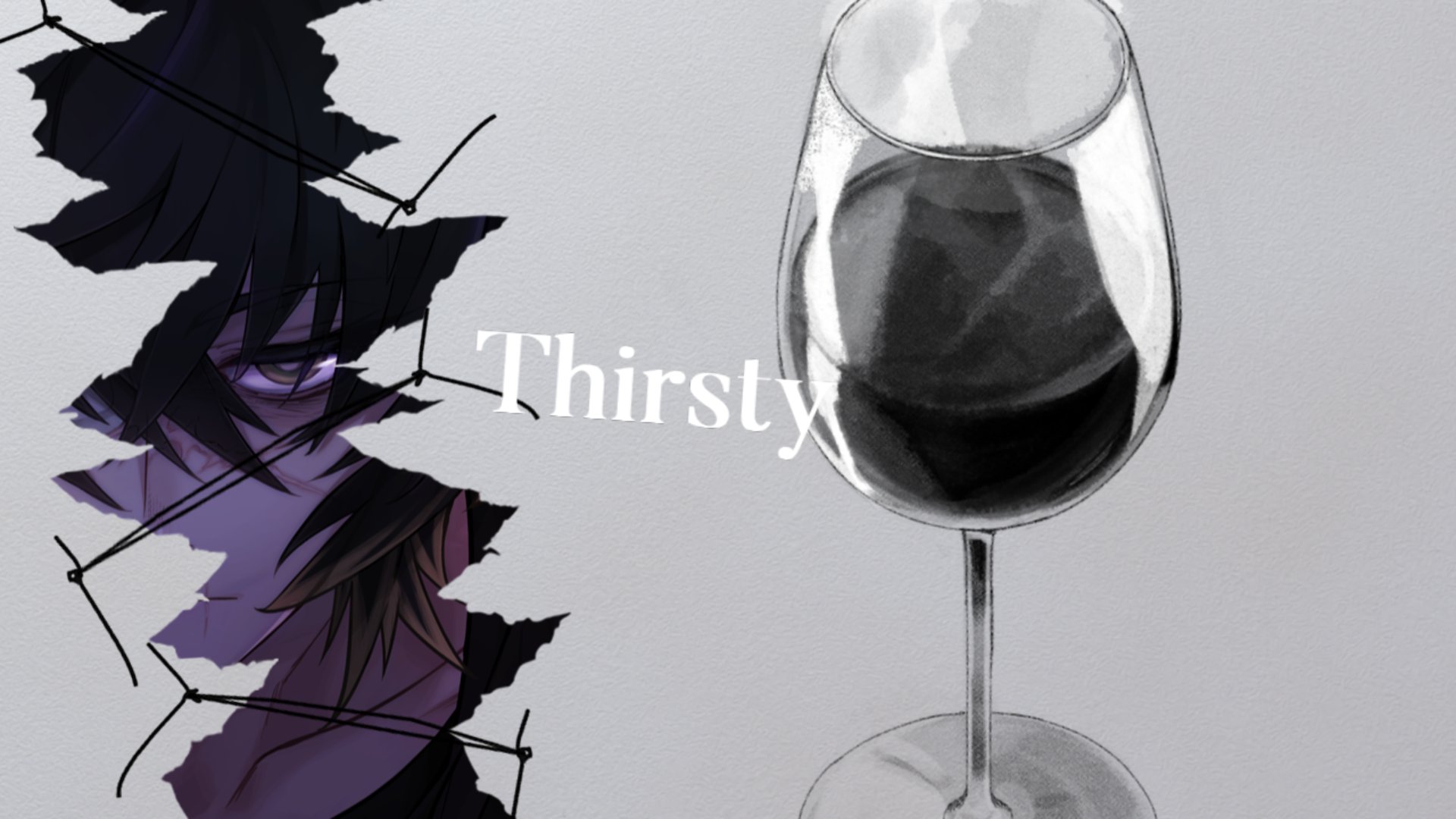
The end result makes sense and is most rewarding when paying attention to the motivations of the characters which you can successfully figure out at the same time as Towa presents the correct evidence for to peel back the models’ true feelings and desires. This is done by using the correct Inspiration words or phrases Towa can collect during Exploration segments.
This system allows for some much needed breaks from the far longer, dialogue heavy visual novel segments which can obviously be quite wordy. Such an exploration system also allows for more fluid world building to take place since players have the opportunity to familiarise themself with locations and characters that Towa will already know about and can draw further information from. While we’re still on the Exploration segments certain responses to minor characters can lead to “Funny Ends” that will end the game prematurely after an additional h-scene involving side characters are discovered.
Throughout all of this there are notable points of interest that rears its head here and there that highlights the game’s splendid attention to detail in its functionality and design. A certain mechanic that is intentional rather than a glitch I first feared it was is barely a second of a flash that will happen only when a certain phrase is said by someone. This foreshadowing is only one example of the amount of subtle hints the game manages to hover over us and successfully utilise each and every time.
Another bit worth analysing is the portraits Towa paints throughout the routes which gradually end up filling the background of its main menu. It’s worth looking closer at them whenever you get this chance upon clearing a playthrough to think over the deeper meanings behind each art piece since the designs relate to the journey of its subsequent route’s themes and character arcs. Now onto said respective character routes.
Rei Izumi
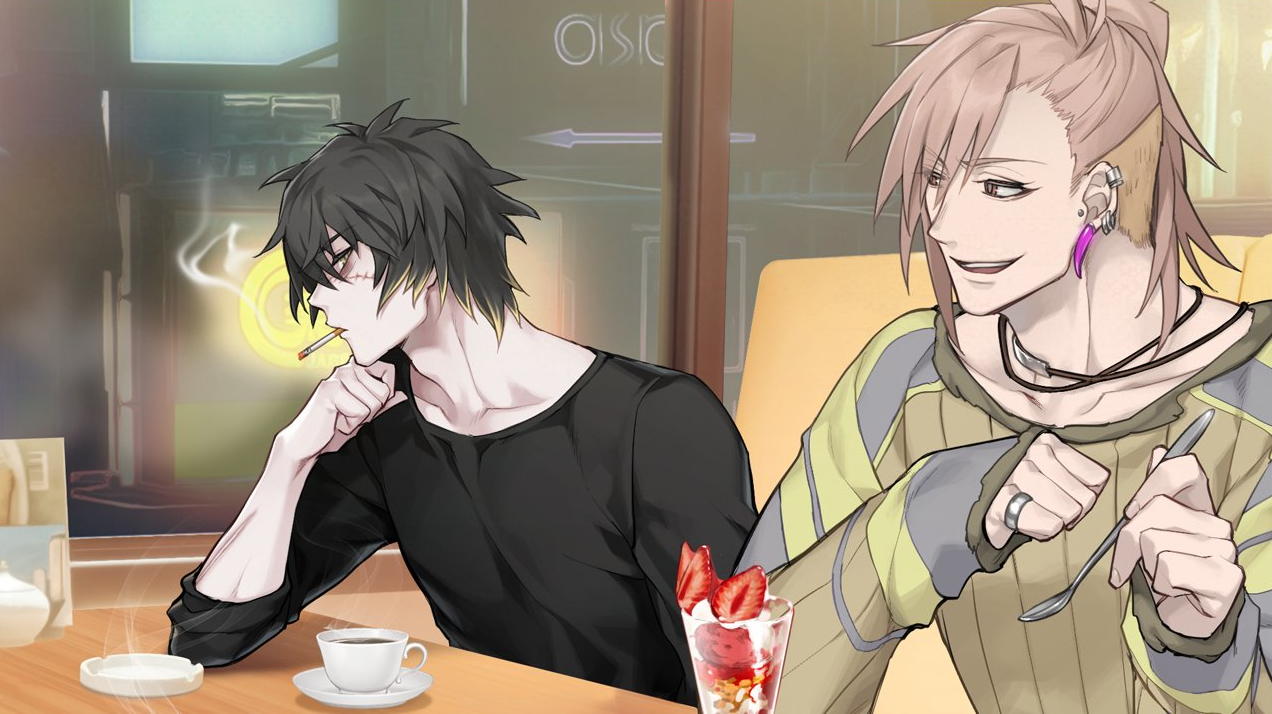
First things first, the route progression is incredibly satisfying in the game, with the euphoria episodes that lead up to each route – Brother for Rei and Doctor for Taku – thematically linking to the respective love interest’s character and route. With Rei’s route it is the one to go for on your first playthrough of Slow Damage. This is because the route puts more focus on him as a character rather than uprooting anything regarding the enduring intrigue about Towa’s mysterious past – something that will be vaguely touched upon starting in Taku’s route.
Rei is one of the only friends Towa has. He works at Roost, a bar Towa frequents, and picks up night shifts at Murase Clinic. When he’s not doing either job he can usually be found engaging in Deathmatches to make money on the side where he is well-known for his fighting capabilities. But as always when it comes to characters in a Nitro+Chiral game there is much more to him than what meets the eye.
Rei is a good natured young man, striking me as the clear good guy of the entire game as early as my first clearance of his good ending. He seems to be the most morally sound of the cast as of now, having always shown compassion and consideration to those closest to him. What troubles him is due to an upbringing that puts doubt into his mind regarding his identity, something that translates to how he values and sees masculinity through inflicting and indulging in violence.
But it’s even deeper than that since Rei struggles with his place in the world. It’s repeatedly mentioned how Rei’s fears come from being unwanted and unneeded. There’s a persistent fear of loneliness in his existence. But in one of the cheesiest moments of the entire game a climactic final fight commences and this theme comes full circle, getting concluded in a way that is heart-warming and touching. It’s a legitimately rewarding scene which is one of the first pleasant surprises I had experiencing the game.
Takuma Murase
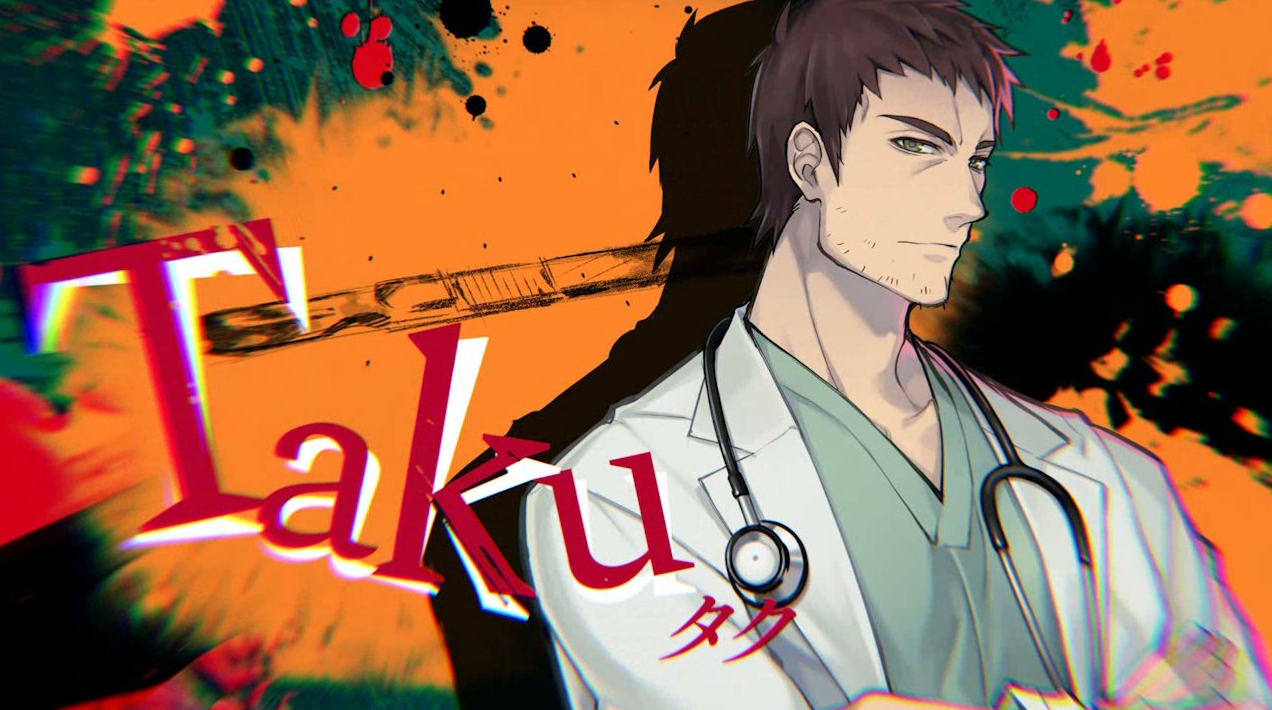
Takuma (or rather just Taku since he’s nicknamed that affectionately by his peers) is the doctor who runs the Murase Clinic. Taku’s character design and archetype leads players to speculate the type of person he is well before he has any of his hidden depth get explored. The common route does quick work to make us assume as much. As the older, more mature paternal figure in Towa’s life Taku is outwardly caring and protective of those closest to him, with Taku being especially watchful of Towa.
For reasons that link to Towa’s past that Rei’s route never touch upon – note the sudden increase of Towa experiencing nightmares as soon as this route commences as a super early indicator of this – Taku’s route is best played as the second route playthrough to see why that is the case. Taku has a dark side, something that did surprise me since his character archetype seemed to not be leaning into it.
But regardless of that Towa and Taku’s relationship dynamic is an icky one. The age gap may be a hard no for most of us, but the fact that Taku has known Towa since he was a child makes me want to run into the nearest wall in an attempt to forget about that fact. Nevertheless I still really like him. His motivations and struggles are nuanced and grounded, so much so that his euphoric episodes hits way less than all the other ones before it. But that’s why I appreciate it as much as I do.
The basis for his hidden depths is something that shocked me to no end due to it being such a normal and easily identifiable flaw. At the very same time his Mad Ending is certainly one to remember and is legitimately haunting in showing just how off the rails Taku can go from such a basic foundation. It’s shot right up there as one of the most cursed endings from within the entire Nitro+Chiral lot. But the most impactful moment at this half point of experiencing the game’s half mark goes to Taku’s h-scene. It brought me to tears.
This is exactly why Nitro+Chiral titles being as extreme as they are get such extreme reactions. It’s an overwhelmingly powerful and emotional h-scene that nearly tops the very best from DRAMAtical Murder (Clear’s one, obviously) because of the significance placed on Towa’s low self-worth. So while Taku’s route is one of the earliest indicators to some of the heaviest subject material to surface in the game, with the chapter before his route commencing being heavy on child trafficking discussion, the destination is worth the gruelling journey.
Current/closing thoughts
Slow Damage has certainly taken its own title to heart because this one is an absolute slow burner type of experience. It’s not immediately blown me away but I can already tell that it is going to have a lasting effect on me much like Nitro+Chiral’s previous entries have done. Its side characters are both enjoyable and intriguing, its ability to utilise cliches and tropes but with the gravity of the situations, character arcs and writing makes them impactful and meaningful, and its incredible writing compliments the way the game is actively painting a picture (hah) of hope when coping with trauma.
Give it a closer inspection for yourself over at Jast Blue‘s website.
- Sigh of the Abyss: Shadow Bonds – Prologue Review - October 7, 2023
- Is She The Wolf? is wickedly addicting TV - October 6, 2023
- The steady consumption of Slow Damage - October 5, 2023



